
Louis Jean-Marie Daubenton was a French naturalist and contributor to the Encyclopédie ou Dictionnaire raisonné des sciences, des arts et des métiers.

Bernard-Germain-Étienne de La Ville-sur-Illon, comte de Lacépède or La Cépède was a French naturalist and an active freemason. He is known for his contribution to the Comte de Buffon's great work, the Histoire Naturelle.

Louis Pierre Vieillot was a French ornithologist.
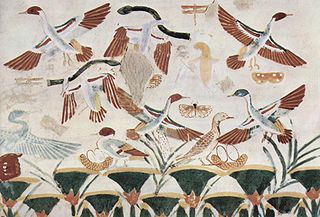
The following is a timeline of ornithology events:
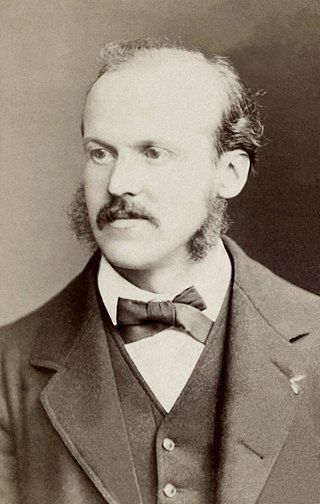
Alphonse Milne-Edwards was a French mammalogist, ornithologist, and carcinologist. He was English in origin, the son of Henri Milne-Edwards and grandson of Bryan Edwards, a Jamaican planter who settled at Bruges.

The white-eyed vireo is a small songbird of the family Vireonidae.

Guillaume-Antoine Olivier was a French entomologist and naturalist.

François Levaillant was a French author, explorer, naturalist, zoological collector, travel writer, and noted ornithologist. He described many new species of birds based on birds he collected in Africa and several birds are named after him. He was among the first to use colour plates for illustrating birds and opposed the use of binomial nomenclature introduced by Carl Linnaeus, preferring instead to use descriptive French names such as the bateleur for the distinctive African eagle.

Martial Étienne Mulsant was a French entomologist and ornithologist.
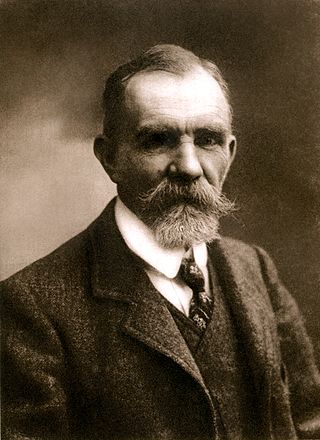
Eugène Louis Simon was a French naturalist who worked particularly on insects and spiders, but also on birds and plants. He is by far the most prolific spider taxonomist in history, describing over 4,000 species.
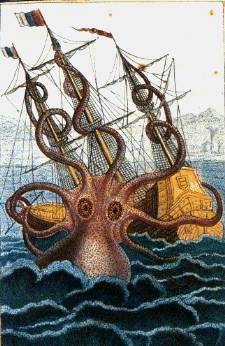
Pierre Denys de Montfort, also spelt Pierre Dénys de Montfort, (1766–1820) was a French naturalist, in particular a malacologist, remembered today for his pioneering inquiries into the existence of the gigantic octopuses. He was inspired by a description from 1783 of an eight-metre long tentacle found in the mouth of a sperm whale.
Entomology, the study of insects, progressed between 1800 and 1850, with the publication of important texts, definition of new orders such as Aphaniptera and Strepsiptera, and the shift to specialization. The following timeline indicates significant events in entomology in this time period.

Victor Fatio, was a Swiss zoologist. He was a bird conservationist, noting the value of birds in pest control in agriculture. He was involved in organizing the first anti-phylloxera congress in Lauxanne in 1877.

The ménagerie du Jardin des plantes is a zoo in Paris, France, belonging to the botanical garden Jardin des Plantes. Founded in 1794, largely with animals brought from the royal zoo of the Palace of Versailles, abandoned because of the French Revolution, it is the second oldest zoological garden in the world. Today, the zoo contains many rare smaller and medium-sized mammals, and a variety of birds and reptiles.
The year 1804 in birding and ornithology.
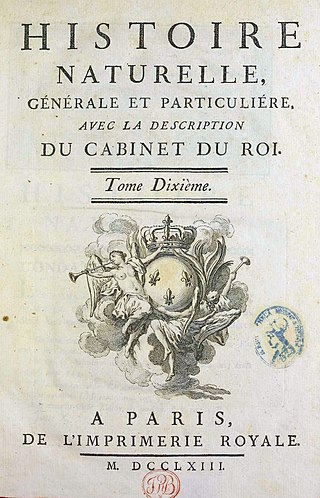
The Histoire Naturelle, générale et particulière, avec la description du Cabinet du Roi is an encyclopaedic collection of 36 large (quarto) volumes written between 1749–1804, initially by the Comte de Buffon, and continued in eight more volumes after his death by his colleagues, led by Bernard Germain de Lacépède. The books cover what was known of the "natural sciences" at the time, including what would now be called material science, physics, chemistry and technology as well as the natural history of animals.

Pauline Knip née Pauline Rifer de Courcelles was a French bird artist who was married to Joseph August Knip from 1808 until they divorced in 1824. Her paintings of birds, particularly the pigeons, were used in Coenraad Jacob Temminck's multi-part work Histoire Naturelle des Pigeons et des Gallinaces. She altered parts nine and later of this multipart work, retitling it to Les Pigeons by Madame Knip with Temminck only being author of the text. She however sent a copy to Temminck that was not tampered. She was the step-mother of Dutch artist Henriëtte Ronner-Knip.
This page is based on this
Wikipedia article Text is available under the
CC BY-SA 4.0 license; additional terms may apply.
Images, videos and audio are available under their respective licenses.















